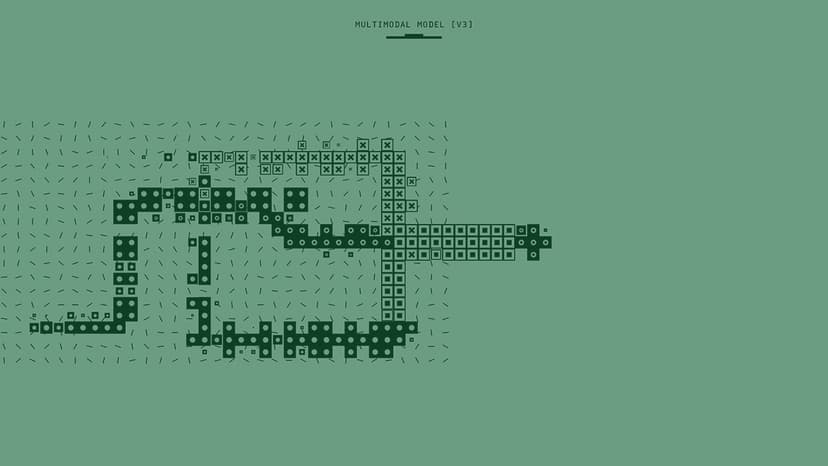Say Goodbye to the Last: Removing Elements in Python Lists
When working with lists in Python, you may need to remove an element occasionally. Often, the unwanted element is at the end of your list. Several techniques can help you remove that last item quickly.
Python lists are dynamic arrays that can grow or shrink as needed. When you want to remove the last item, you can use the pop() method or slicing. Here’s how to use both methods to remove the final element from your Python list.
Using the pop() Method
Python's pop() method removes and returns the last item in the list. To remove the last item, simply call pop() without any arguments.
Python
If you want to keep the removed element for later use, you can store it in a variable.
Python
The Art of Slicing
If you prefer not to use pop(), slicing is a great alternative. You can exclude the last item and create a new list with only the items you want.
Python
Here, the slice starts at the beginning of the list and ends just before the last element.
Direct Assignment
If you want a more direct approach, you can use assignment.
Python
This replaces the last item with an empty list. To remove the last item correctly, you can reassign the list to a slice.
Python
This method effectively removes the last element.
Avoiding the clear() Method
Sometimes you might consider using the clear() method. This method empties the entire list, which is not what you want in this case.
Python
Use clear() only when you want to remove all items from the list.
Removing the last element from a Python list is straightforward. Whether you choose pop(), slicing, or assignment, you can adjust your list as needed. The pop() method is useful if you want to keep the removed item, while slicing allows for quick removal without returning the element.












